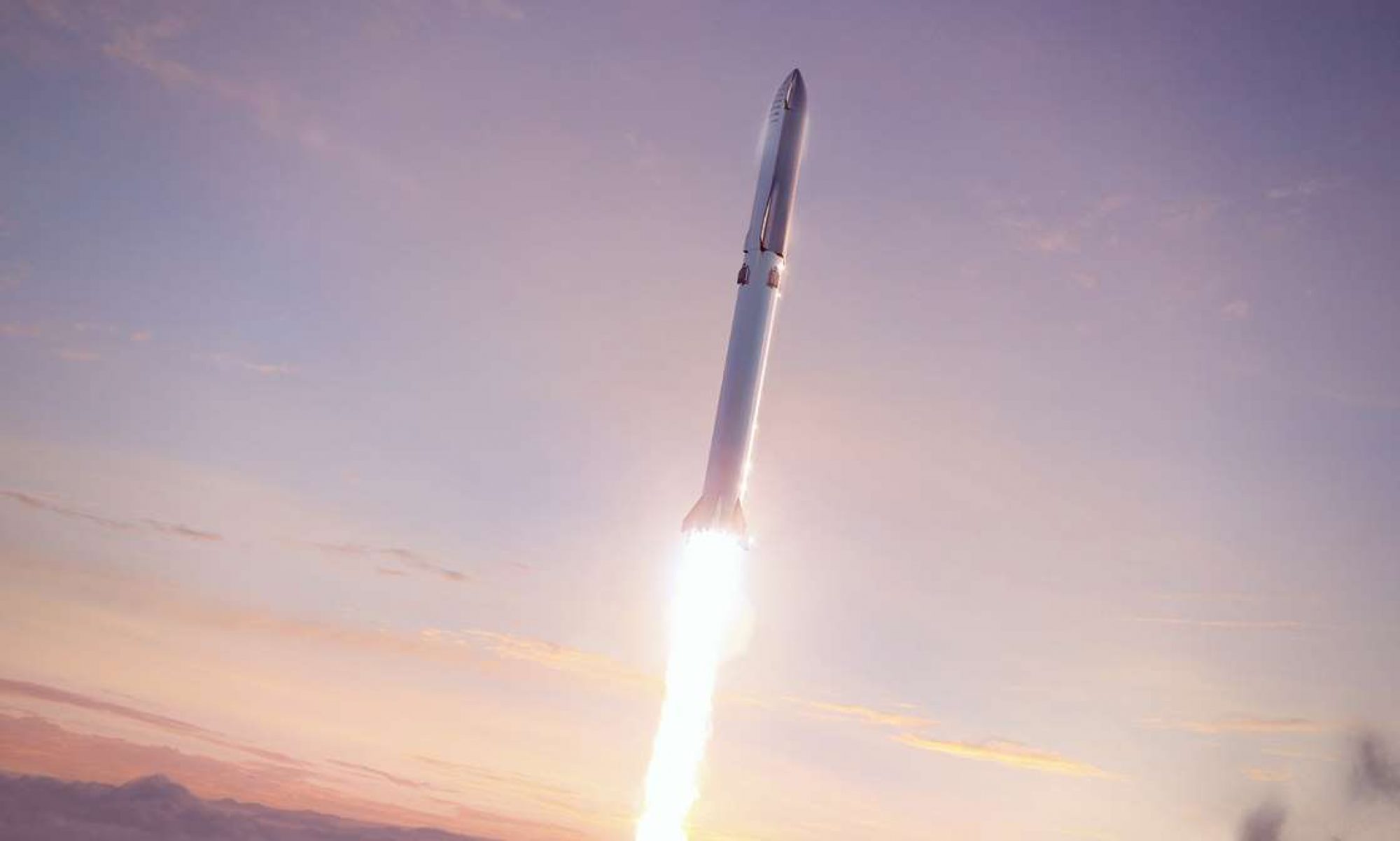Chief product for Space Tug operators in LEO is water decomposed into H2 and O2. However the stoichometric mix of decomposed water is deficient in water. The mass ratio of the O/H2 is 15.9994 / 2.016 = 7.9362. High performance rocket engines run on a 6:1 mix, thus leaving an excess of oxygen. First thought is to sell it for breathing gas, but that’s a lot more than the ISS needs. However what if a bit of the hydrogen is reacted (very carefully with catalysts in CO2 solvent) with the oxygen to make hydrogen peroxide? By itself hydrogen peroxide is a pretty good monopropellant, getting up to 180 seconds Specific Impulse (Isp). Mixed with a bit of ethanol and it’s even better. The usual space-storable monopropellant is hydrazine, which is toxic and nasty. Hydrogen peroxide, in spite of its shortcomings, is nowhere near as bad.
The other market for lunar products is On-Orbit Servicing of existing GEO Satellites. While hydrogen peroxide makes for a decent replacement for hydrazine – given the right engines, so there’d need to be some retrofitting – Water Rockets, which are water propellant-using helicon thrusters, might be even better for station-keeping in the long term. The higher Isp means the refueling schedule is less frequent. The fact that the market is in GEO means the gravity a low thrust system struggles against is reduced more than 40-fold. Water Rockets could service GEO from LLO. Space Tugs could also be stationed in GEO, refueled from a Water-to-Fuel Facility based in GEO. The delta-vee to an aerobrake orbit to LEO is about 1.5 km/s, with about 0.08 km/s to then circularise in LEO parking orbit to meet the cargo. Then a high-thrust burn for Geosynchronous Transfer Orbit (GTO) to carry a Comm-Sat to its new home.
And the peroxide? On the Moon it actually makes for a decent energy storage system during the 14 days Lunar night. Peroxide powered high efficiency turbines can provide power for whatever night time activities a mostly Solar powered Water Mine will engage in. Perhaps that’s when most of the science activities the Base facilities can be hired out for will take place.
